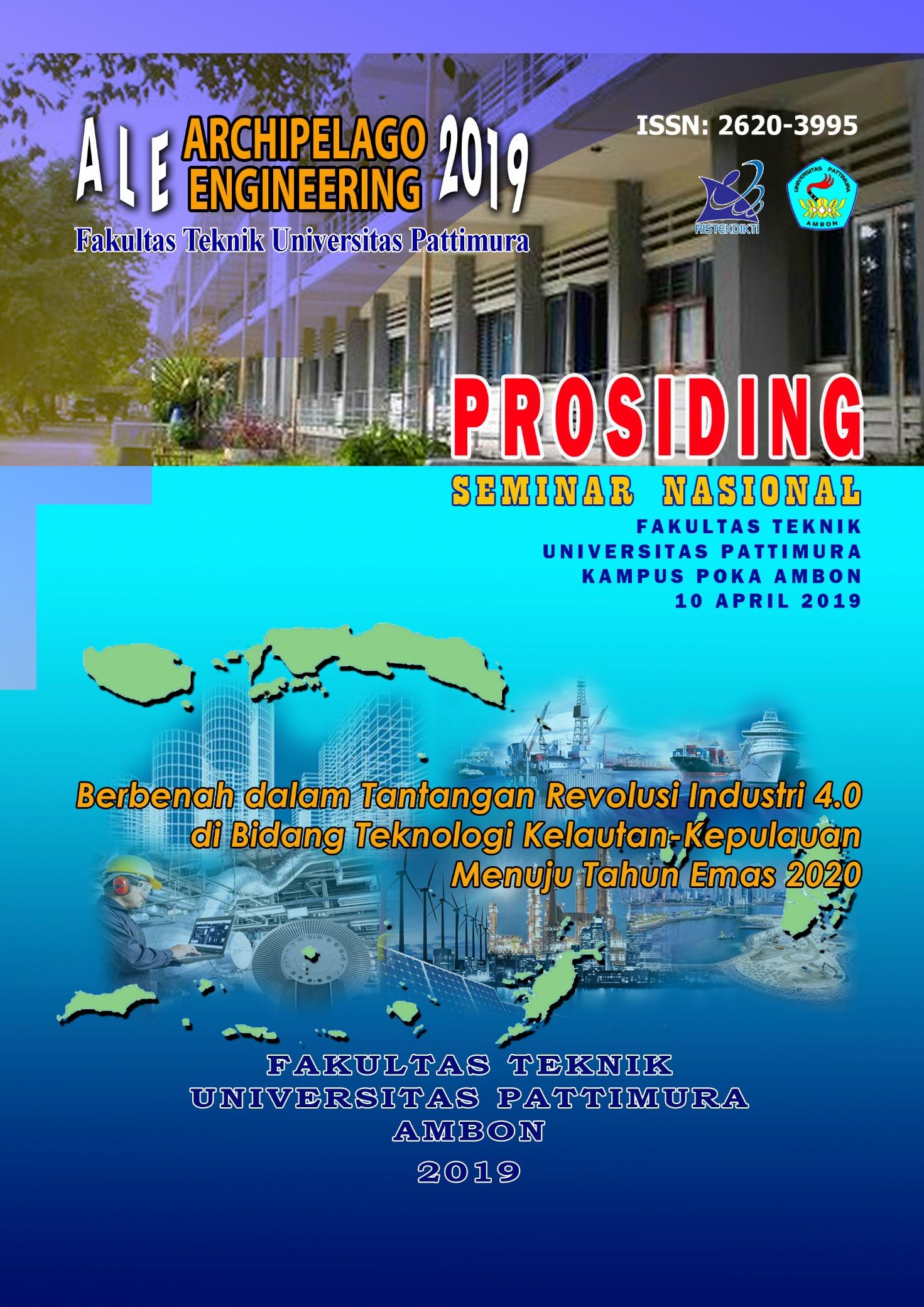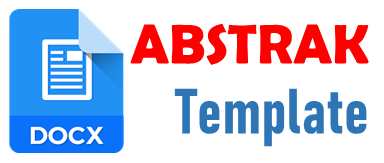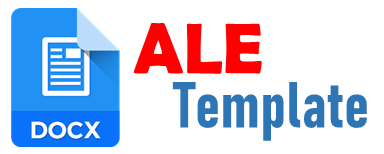LASER SEMIKONDUKTOR GaAs JENIS DOUBLE HETEROJUNCTION SEBAGAI SUMBER CAHAYA DALAM KOMUNIKASI OPTIK
Abstract
Abstrak Telah diteliti suatu sistem junction yang tepat sebagai gelombang carrier dalam komunikasi optik. Mula-mula disampaikan asal muasal munculnya Laser Semikonduktor GaAs, kemudian struktur homojunction, khususnya uraian tentang rapat arus ambang dan daya output saat forward-bias; yang memberikan λoutput dengan profil yang tidak tajam (pelebaran 2 μm) dan daya dibawah 10 mW. Setelah itu, pencampuran III-V terhadap GaAs murni, diciptakan untuk mempertajam profil laser output dan memperbesar dayanya. Struktur yang terbaik untuk keperluan ini adalah double heterojunction (DH) dengan salah satu bahan unggulannya adalah Ga1-xInxAs1-yPy. Kemudian ditunjukkan bahwa bahan ini memberikan λoutput ≈ 1,55 μm dan daya output diatas 10 mW dengan efisiensi operasi 70 %.
Downloads
References
Leinwoll, S. 1965. Understanding Lasers and Masers, 37-42. John F. Rider Publ. Inc. New York.
Steele, E. L. 1968. Optical Lasers in Electronics, 224-255. John Wiley and Sons. New York.
Suematsu, Y. and Iga, K-I. 1982. Introduction to Optical Fiber Communications. John Wiley and Sons. New York.
Wilson, J. and Hawkes, J. F. B. 1998. Optoelectronics An Introduction, Prentice Hall International. New Jersey.
Yariv, A. 1989. Quantum Electronics, Third Edition, 243-253. John Wiley and Sons. New York.
An author who publishes in the ALE Proceeding agrees to the following terms:
- Author retains the copyright and grants ALE Proceeding the right of first publication of the work simultaneously licensed under the Creative Commons Attribution-ShareAlike 4.0 License that allows others to share the work with an acknowledgment of the work's authorship and initial publication in this journal.
- Author is able to enter into separate, additional contractual arrangements for the non-exclusive distribution of the journal's published version of the work (e.g., post it to an institutional repository or publish it in a book) with the acknowledgment of its initial publication in this journal.
- Author is permitted and encouraged to post his/her work online (e.g., in institutional repositories or on their website) prior to and during the submission process, as it can lead to productive exchanges, as well as earlier and greater citation of the published work (See The Effect of Open Access).
Read more about the Creative Commons Attribution-ShareAlike 4.0 Licence here: https://creativecommons.org/licenses/by-sa/4.0/.






